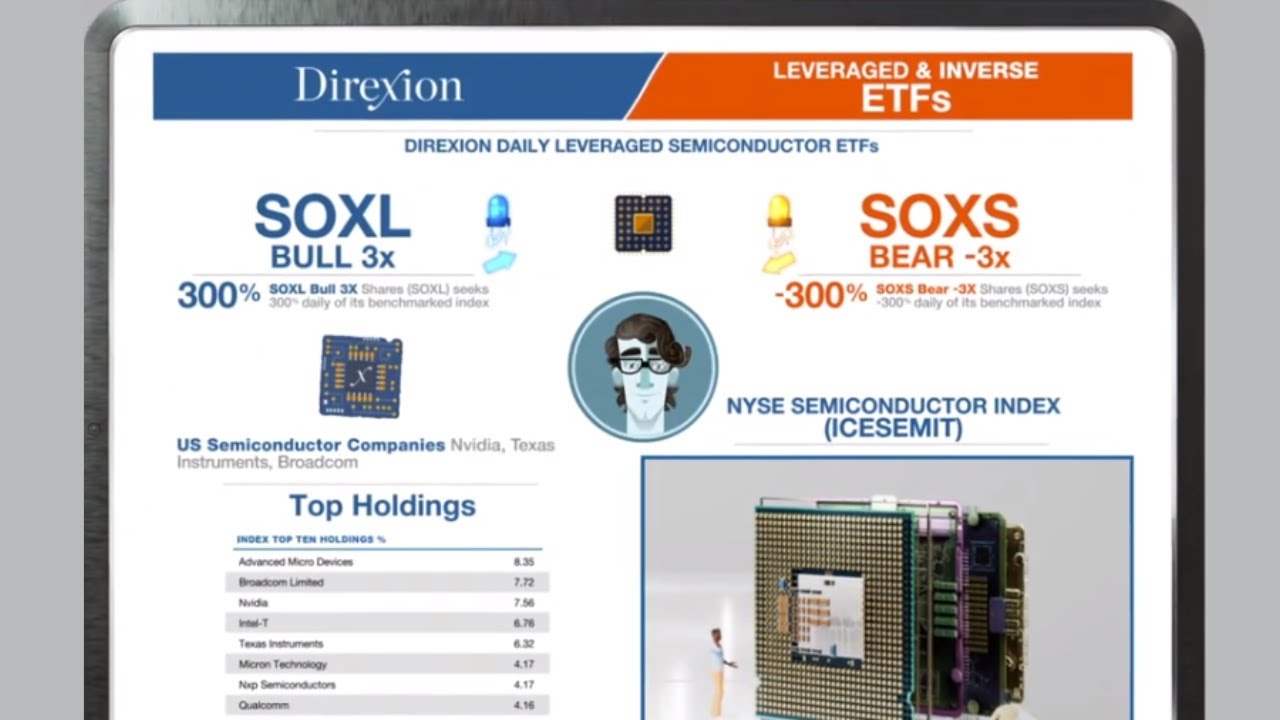Do you own mutual funds? If you do, there’s a hidden trap called “style drift” that could be increasing the risk of your investment portfolio. How does style drift happen?
Style drift occurs when the fund’s portfolio manager begins to deviate from the fund’s investment objective.
For example, a mutual fund that is labeled and categorized as a U.S. domestic stock fund that owns foreign securities is guilty of style drift. Why? Because instead of owning U.S. securities and only U.S. securities, a domestic stock fund that buys foreign assets is misleading investors.
(Audio) 4 Battle Proven Trading Strategies
A study titled “Style Drift: Evidence from Small-Cap Mutual Funds” (March 2016) by researchers at Smeal College of Business located at Pennsylvania State University discovered that style drift in the mutual fund marketplace is still quite common. Among U.S. small-cap mutual funds (NYSEARCA:IWM), more than one-quarter (27%) allocate their investment assets to mid-(NYSEARCA:MDY) and large-company stocks (NYSEARCA:VV). The study also found that larger and older small-cap mutual funds are more likely to stray from their investment objectives by holding mid- and large-cap stocks.
Although the mutual funds guilty of style drift tended to outperform their peers during the study’s period of analysis (between January 2003 and March 2010) the trade-off was higher risk to investors.
The study notes:
“The unexpected risks that come with the size-related style drift that we study undermine the investor’s strategized portfolio allocation. Furthermore, investors that invest in small-cap mutual funds pay a higher fee than that charged by a typical large-cap fund. The SEC recognized these risks by adopting a rule ‘to address certain broad categories of investment company names that are likely to mislead investors about an investment company’s investments and risks’ (SEC Release No. IC-24828). Our paper highlights that some small-cap funds maintain holdings that are in conflict with the spirit of this regulation. Policy-wise, our results call for stricter enforcement of names rules that can ensure investors that they invest in the right type of funds.”
What does all of this mean?
First, it means that your mutual fund’s actual holdings are likely to be very different from the fund’s stated investment goals along with how the fund is actually labeled. It’s akin to buying a can of tuna fish at the grocery store, opening up that can at home, and quickly discovering the can is packed with oatmeal flakes instead of fish! That mutual funds would even be allowed by financial regulators like the SEC to operate in a similarly perverse fashion is downright alarming. Shame on them!
Next, you need to remember that by investing in mutual funds that engage in the subversive behavior of style drift, you are thereby increasing your entire portfolio’s risk profile.
TEXT 33444 and TYPE the word “4Safety” to receive your free “Margin of Safety” Worksheet
In the previously mentioned style drift study on small-cap funds it observes:
“We find strong evidence of differences in the risk exposures between small-cap funds that have different allocations to large-cap stocks. We document that small-cap funds that tend to invest in Russell 1000 stocks expose their investors to significantly higher market risk, and have larger loadings on the size risk factor during the time period excluding the technology bubble.”
Finally, funds that engage in the subversive activity of style drift that are lucky enough to “outperform,” are not outperforming because the fund manager is a stock picking genius. Rather, they are only outperforming because of the fact they a) are cheating by investing outside the scope of the fund’s investment goals, b) because they took more risk, and c) because they got lucky.
How can you beat the hidden danger of style drift?
The easiest way is to make sure the core or foundation of your investment portfolio is built upon index linked ETFs rather than actively managed funds. By design, index ETFs will always adhere to their investment objective by strictly investing in the asset class or securities they track. Not only is this strategy the easiest way to avoid the hidden danger of mutual fund style drift, it’s also the least expensive.



